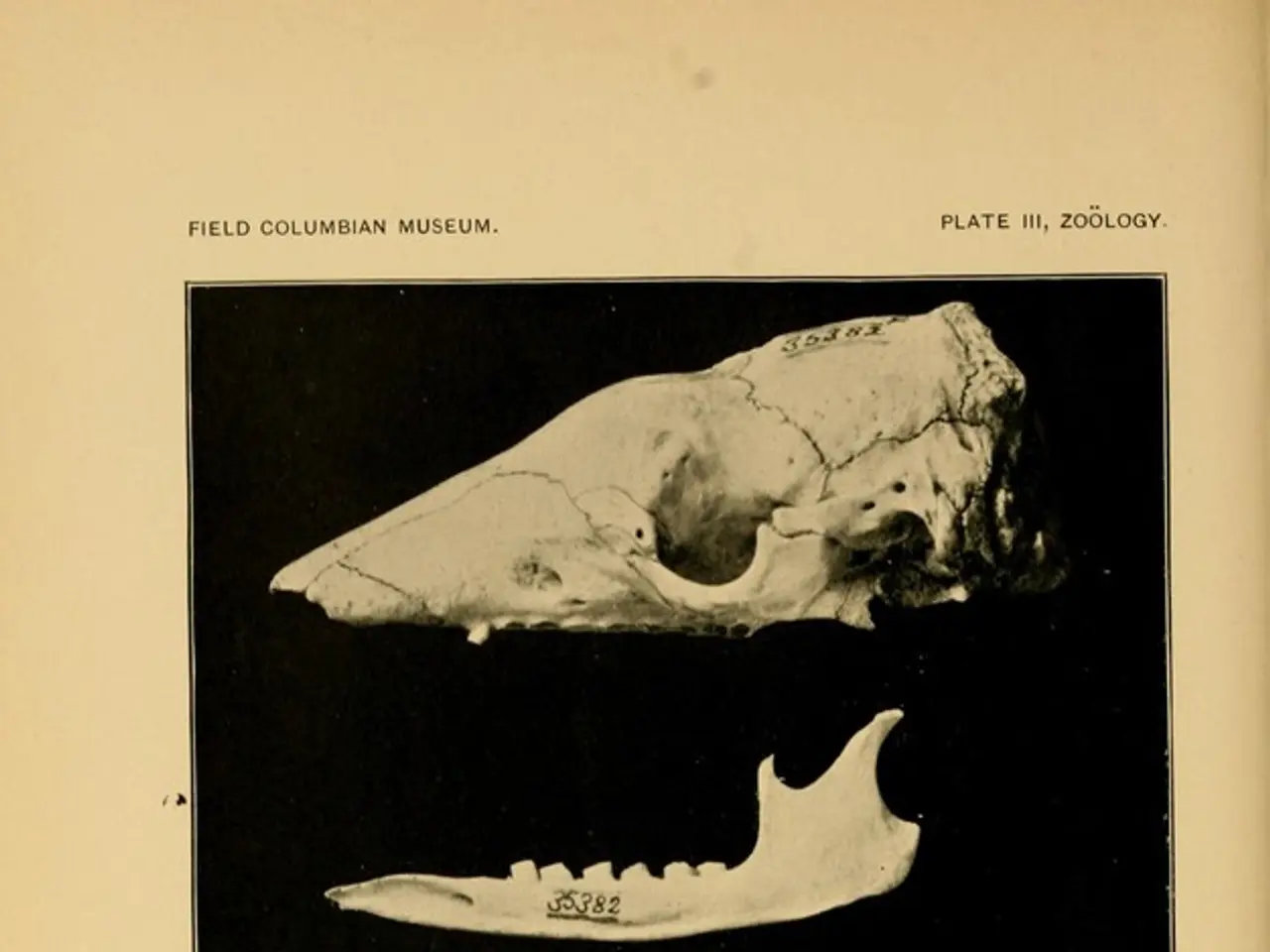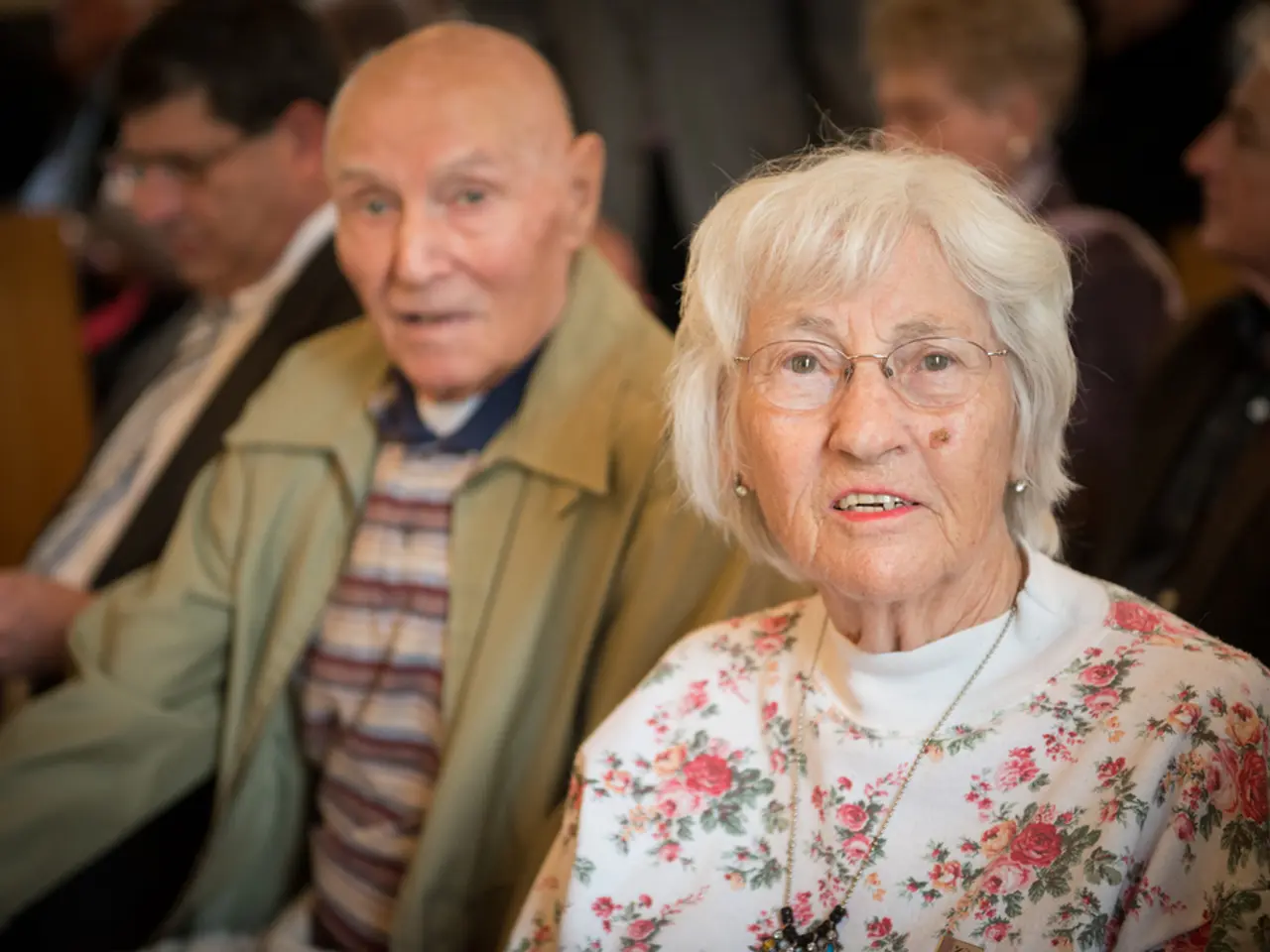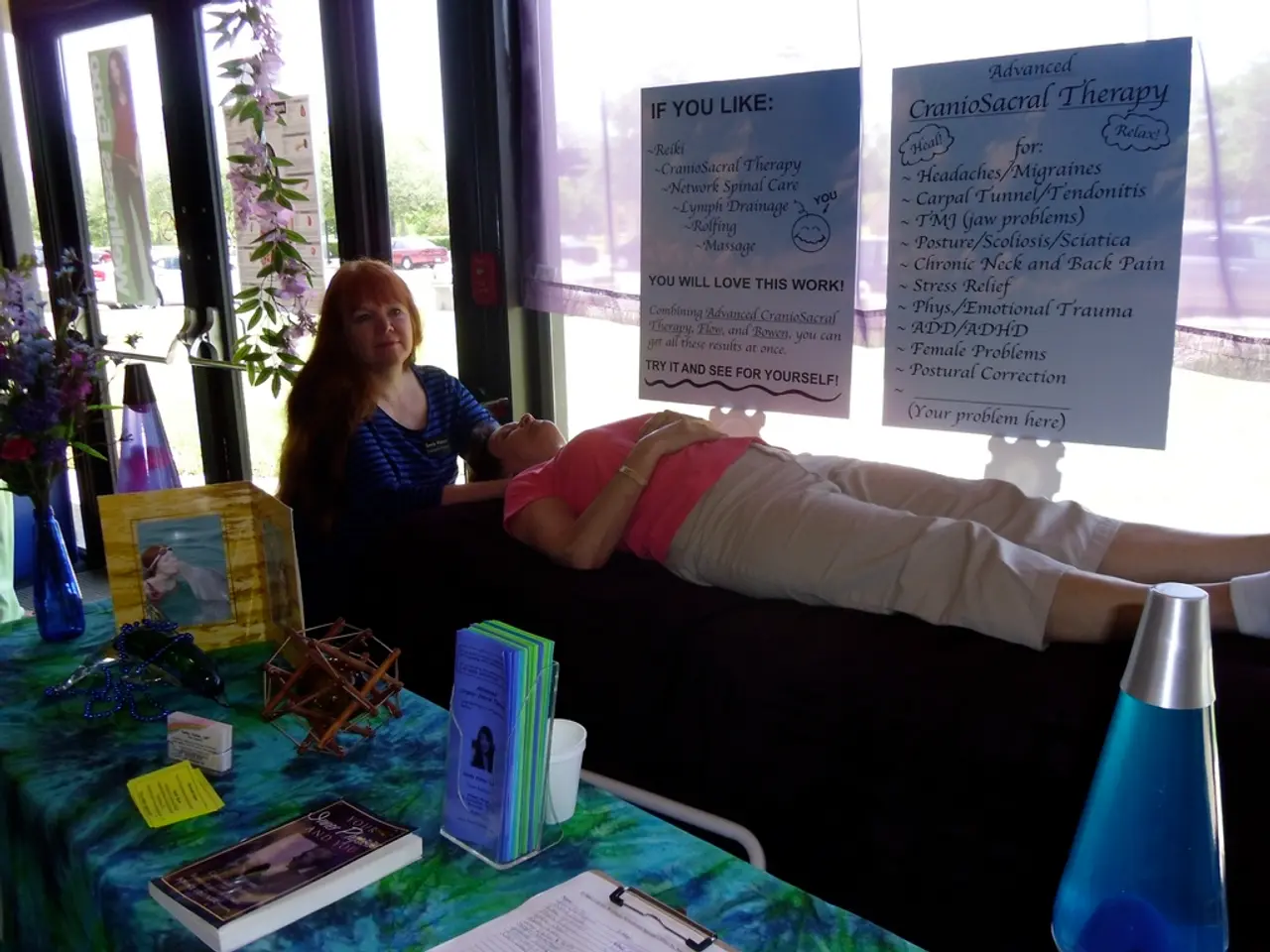Postmenopausal Osteoporosis: An Overview, Treatment, Signs, and Additional Details
Experts recommend that adults consume at least 700 milligrams of calcium and 10 micrograms of vitamin D per day, yet many individuals, particularly those going through menopause, may be at risk of developing osteoporosis.
Osteoporosis is a condition that weakens bones, making them brittle and more likely to break. It is more common in individuals who go through menopause due to decreased estrogen levels, leading to postmenopausal osteoporosis.
Postmenopausal bone loss is linked to lower levels of the hormone estrogen, which plays a major role in hormone metabolism and influences specialized bone cells called osteoclasts, osteoblasts, and osteocytes. As estrogen levels fall, osteocytes start to die, leaving bone unable to maintain its structure.
A DEXA scan, a bone density scan used to diagnose osteoporosis, takes about 10-20 minutes and involves lying on an X-ray table. The results are used to calculate a T score, with a T score of above -1 SD being normal, -1 to -2.5 indicating some bone loss (osteopenia), and -2.5 or below indicating osteoporosis.
Treatment strategies for postmenopausal osteoporosis involve a combination of pharmacologic agents to reduce bone loss or build new bone, alongside lifestyle modifications tailored to the patient's age, fracture risk, and overall health.
Common treatments include:
- Bisphosphonates – These drugs slow bone breakdown and are commonly prescribed as a first-line treatment to reduce fracture risk.
- Selective Estrogen Receptor Modulators (SERMs) – Such as raloxifene, mimic estrogen to help prevent bone loss in postmenopausal women without raising risks for breast or uterine cancers, though they may cause side effects like blood clots and hot flashes.
- Parathyroid Hormone Analogues – Abaloparatide and teriparatide are daily injections that stimulate new bone formation, used up to two years. There is a possible but not definitive risk of bone cancer with these treatments.
- Monoclonal Antibodies – Romosozumab (Evenity) increases bone formation and decreases bone breakdown, given monthly for one year but used cautiously due to possible cardiovascular risks. Denosumab (Prolia) is given by injection every six months and works by inhibiting bone resorption; usually reserved for patients who do not respond well to other medications.
- Menopausal Hormone Therapy (MHT) – Starting MHT early in menopause can prevent bone loss and reduce fracture risk by about 40%. It is more suited for women under 60 or those who had early menopause. Bone loss resumes rapidly after stopping MHT, so alternative treatments may be needed thereafter.
Additional supportive treatments include adequate calcium and vitamin D intake and weight-bearing exercises to strengthen bones and reduce fall risk.
Few noticeable symptoms of osteoporosis exist, and the disease can progress without a person knowing. When estrogen levels drop, the bone cells do not reproduce at the same rate, causing low bone density. It is crucial to maintain a balanced diet, engage in regular exercise, and seek medical advice if concerned about the risk of osteoporosis.
- Women going through menopause are at a higher risk of developing osteoporosis due to decreased estrogen levels, leading to postmenopausal osteoporosis, a condition that weakens bones and makes them brittle.
- Experts recommend that adults, particularly those in menopause, consume at least 700 milligrams of calcium and 10 micrograms of vitamin D per day to maintain bone health and prevent osteoporosis.
- Bone health and wellness during menopause is a significant concern as osteoporosis can progress without noticeable symptoms, leaving the bones brittle and more likely to fracture.
- Osteoporosis is diagnosed using a DEXA scan, a bone density scan that takes about 10-20 minutes and measures bone density to determine the risk of osteoporosis or osteopenia.
- Medical-condition management for postmenopausal osteoporosis involves utilizing pharmacologic agents like bisphosphonates, SERMs, parathyroid hormone analogues, monoclonal antibodies, and menopausal hormone therapy, in combination with lifestyle modifications such as adequate calcium and vitamin D intake and weight-bearing exercises.
- The science behind osteoporosis and menopause suggests that maintaining a balanced diet, engaging in regular exercise, and seeking medical advice are crucial for reducing the risk of osteoporosis and overall women's health.




